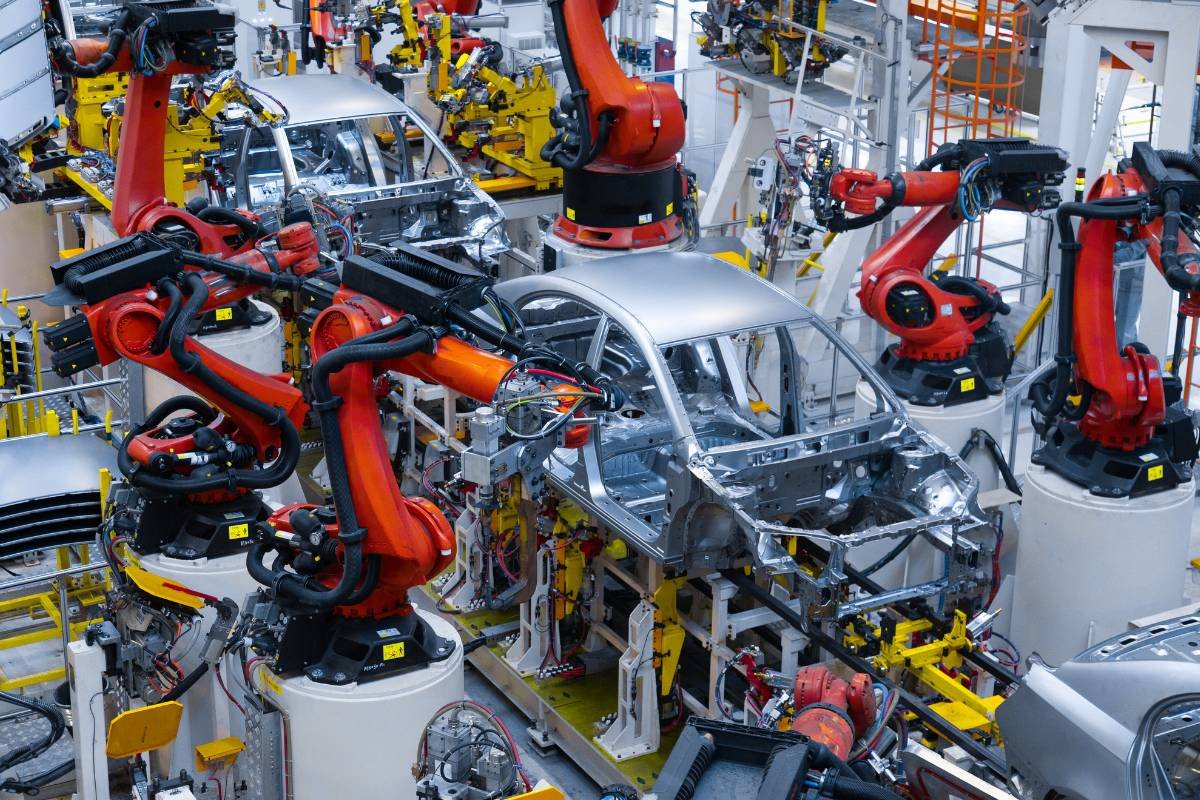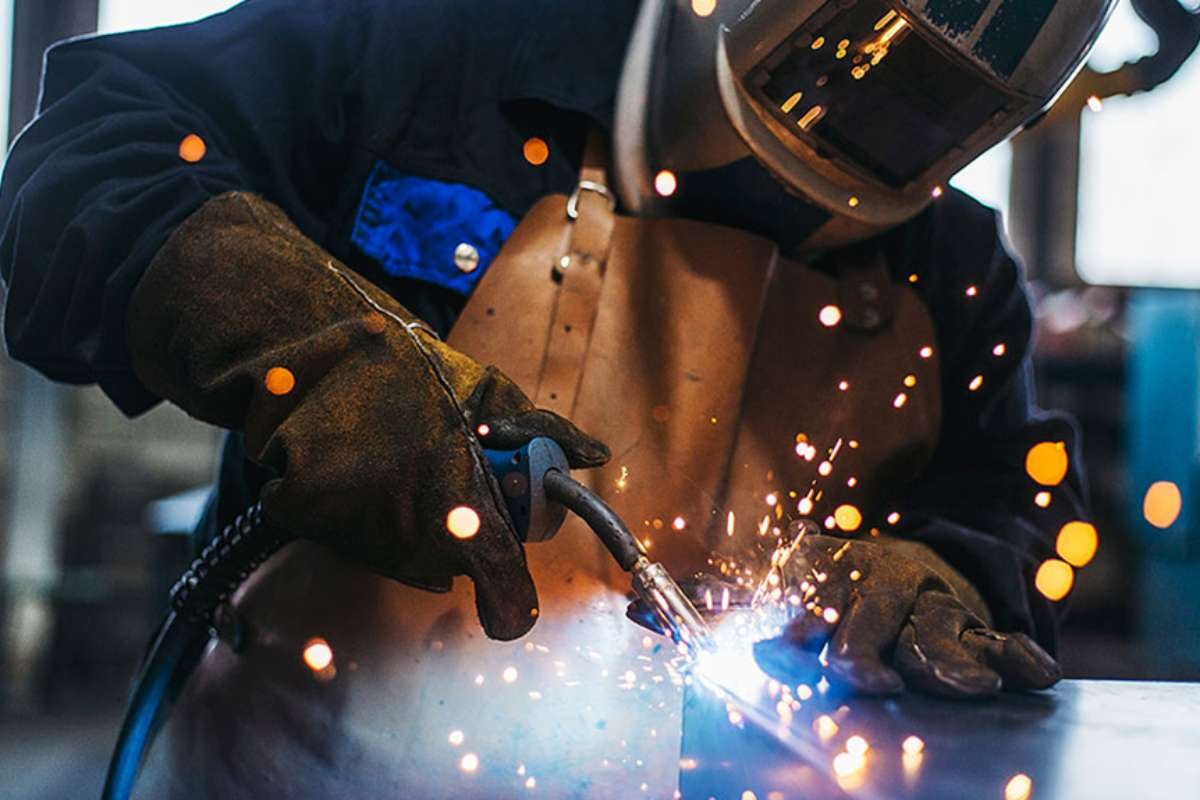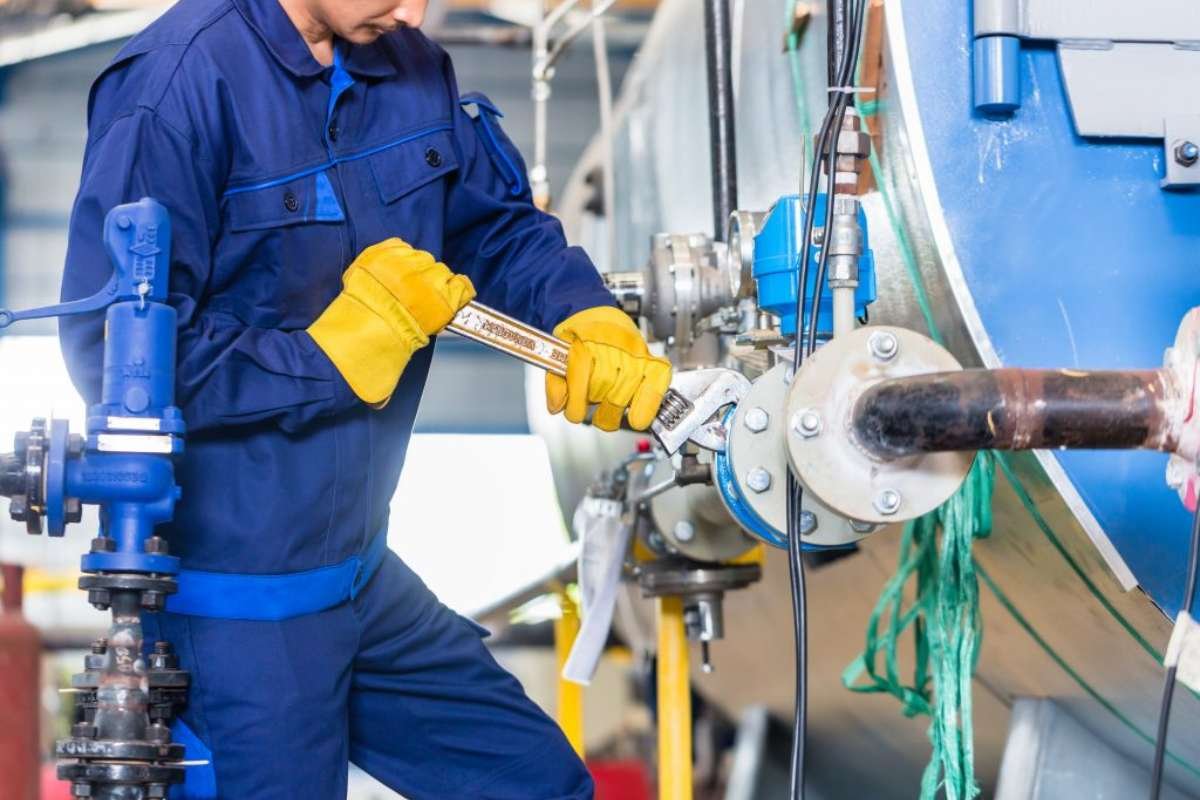The automotive industry has consistently been a beacon of progress, pioneering changes that have reshaped societies’ functions. Since Henry Ford introduced the revolutionary assembly line, drastically reducing the time to produce a single vehicle, the sector has showcased its ability to adapt, innovate, and redefine transportation. With each passing era, the industry has integrated newer technologies, making cars more efficient, safer, and environmentally friendly. Let’s learn more about stainless steel etching in this article.
In recent years, the drive towards electric vehicles underscores this relentless pursuit of innovation, proving the sector’s commitment to addressing global concerns like environmental sustainability. Let’s learn more about steel etching in this article.
Interestingly, while high-tech advancements like autonomous driving or electric propulsion often grab headlines, equally impactful shifts occur in subtler areas of car manufacturing. The industry’s exploration and adaptation of different materials and methods are a testament to its continuous quest for improvement. Among these evolutions, the adoption of stainless steel etching stands out. This technique, though not as outwardly flashy as some technological changes, plays a significant role in enhancing the quality, durability, and aesthetic appeal of vehicles. The commitment to such details further emphasizes the industry’s holistic approach to innovation.
1. Understanding Stainless Steel Etching
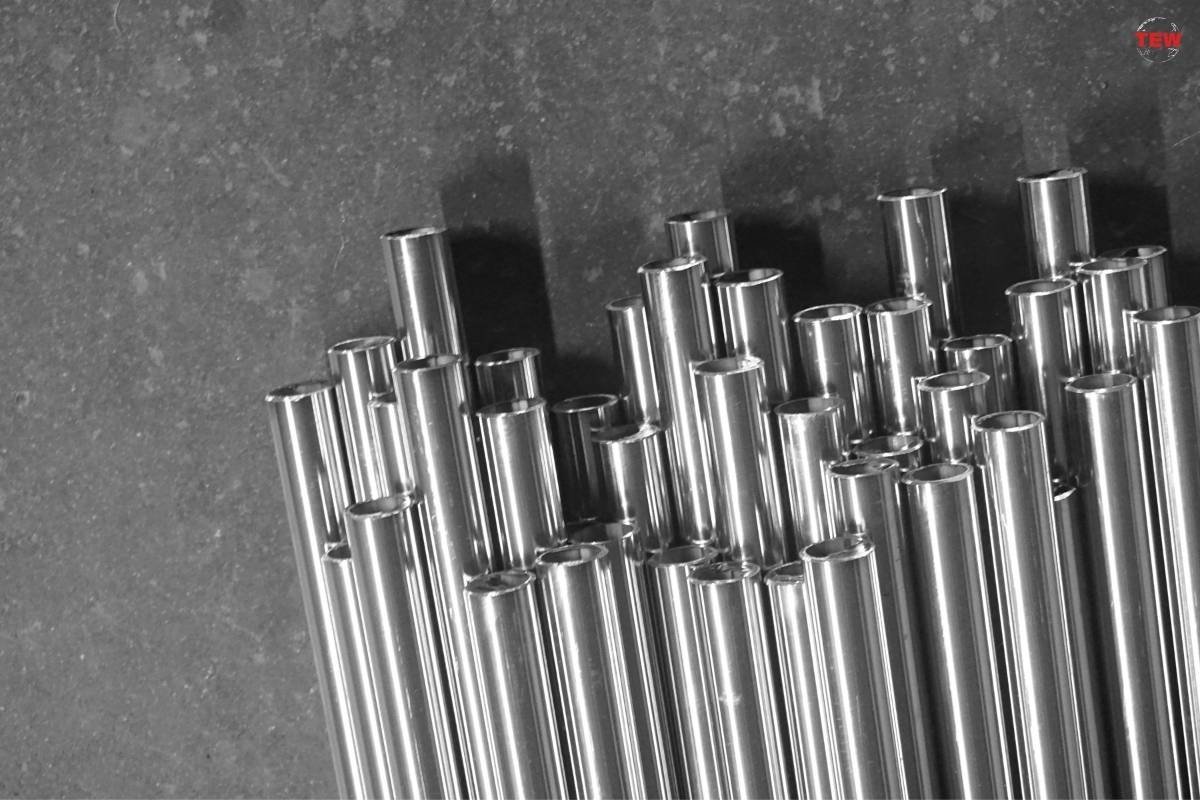
You might be wondering, what exactly is stainless steel etching? At its core, it’s a process that involves using chemicals to cut or engrave designs onto stainless steel surfaces. This method ensures precision, which is crucial for the intricate parts required in vehicles. Not only does it produce sharp, clear, and complex patterns, but it also offers advantages in terms of cost and efficiency.
2. Why The Shift? The Benefits Unfolded
There’s a reason why the automotive industry is leaning more towards stainless steel etching. It’s not just about being trendy; it’s about the real-world benefits you, the consumer, experience in the vehicles you drive.
Firstly, it ensures durability. Cars are exposed to various elements, from extreme weather conditions to the wear and tear of everyday use. Etched components resist corrosion, ensuring a longer lifespan for vehicle parts.
Moreover, the process is highly efficient. The precision of etching eliminates the need for secondary processes like deburring. This speeds up the manufacturing process and reduces costs, savings that can be passed on to you.
3. A Sustainable Choice

Stainless steel etching has emerged as a sustainable choice for the automotive industry, aligning with the growing environmental consciousness of our times. Unlike traditional manufacturing methods, this process significantly reduces waste products. The etching process of stainless steel generates minimal byproducts, contributing to a smaller carbon footprint. Additionally, the recyclability of stainless steel further enhances its eco-friendly appeal. Any offcuts or waste from the etching process can be melted down and reused, promoting a circular economy and reducing the demand for new raw materials.
4. The Role Of Aesthetics And Design
Aesthetics and design play a significant role in car ownership, and stainless steel etching delivers on both fronts. With its sleek and modern appearance, etched stainless steel enhances the overall look of a car. The designs achieved through etching are functional and visually appealing, adding a touch of sophistication. Whether the emblem is proudly displayed on the car’s hood or the intricate patterns adorning interior components, stainless steel etching elevates the overall aesthetic, providing a premium and captivating look that is difficult to surpass.
5. Safety Implications
The automotive industry places utmost importance on safety, and stainless steel etching is crucial in achieving this objective. One key safety implication of etching is the elimination of sharp edges on parts, significantly reducing the risk of injuries during assembly and maintenance.
Automobile manufacturers employ stainless steel etching to ensure that mechanics and workers are protected from potential harm. Moreover, the inherent durability of etched components ensures their long-lasting performance, preventing premature wear and tear that could compromise the vehicle’s overall integrity.
6. Impact On Vehicle Performance
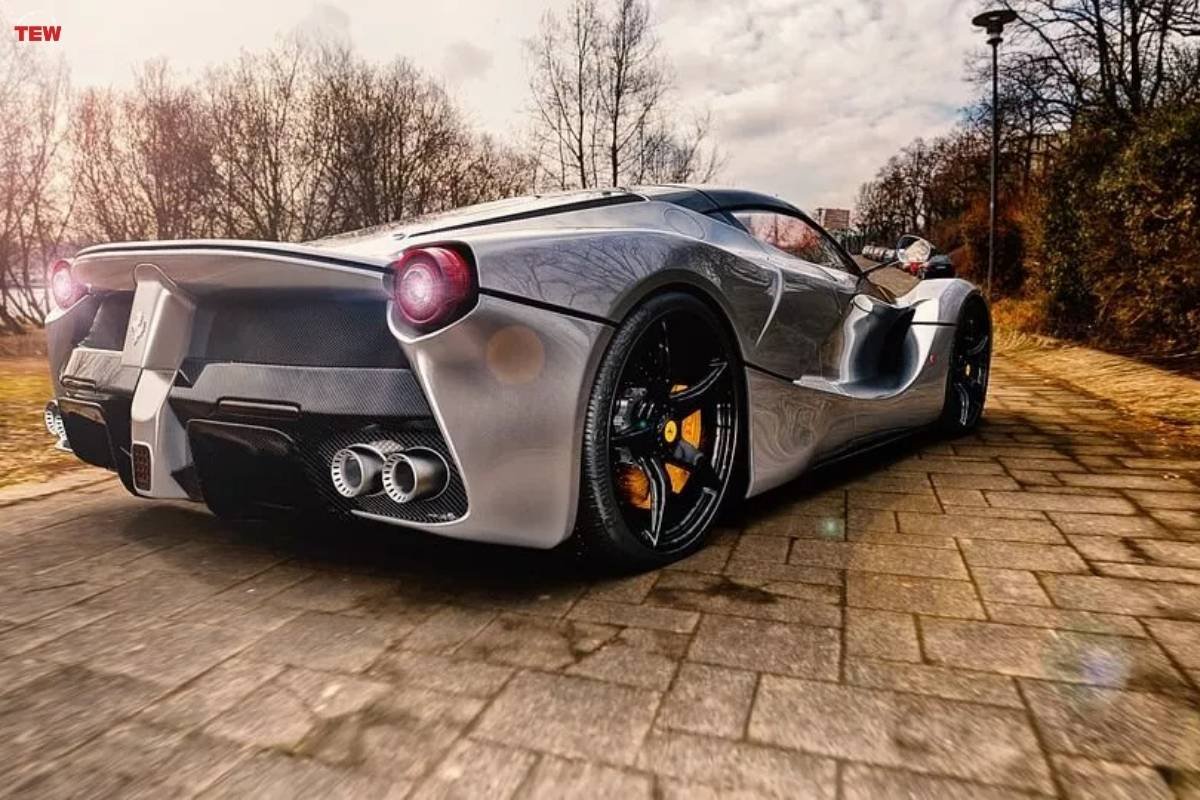
Stainless steel etching not only plays a role in enhancing design and safety but also has a positive impact on vehicle performance. The lightweight nature of etched components can significantly improve a vehicle’s efficiency. With reduced weight, cars become more fuel-efficient, allowing for better mileage and reduced emissions. The lighter weight of etched parts also contributes to more responsive handling, giving drivers better control and maneuverability. By incorporating etched components, automotive manufacturers have the opportunity to optimize the vehicle’s performance and provide customers with an exceptional driving experience that combines style, safety, and efficiency.
Conclusion:
The automotive industry’s embrace of stainless steel etching is more than a fleeting trend. It’s a calculated move rooted in the pursuit of excellence, sustainability, and a commitment to delivering superior vehicles. As you navigate the roads in your car, remember that the shift to stainless steel etching is not just about looks but about a holistic approach to innovation in the automotive world.

